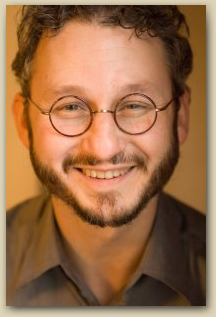Genesis 1-2 – Comparisons Between Creation Stories
An impertinent college student had the nerve to suggest to his professor that, despite communism and fascism being considered opposite ends of economic systems, they share similarities. That student was subsequently ridiculed in front of all. Why? Many focus myopically on contrasts, and are blind to broader commonalities.
For example, many stress the differences between the two creation accounts in Genesis 1-2. Subsequently they fail to see the similarities:
Genesis 1
[ ] Both male and female receive their beginning from God.
[ ] Both male and female were made in the image of God.
Genesis 2
[ ] God made Adam directly from the earth.
[ ] God made Eve indirectly from the earth.
Then there’s Genesis 1:1-2 and 2:7:
[ ] Creation starts with the Earth (erets) vs Adam’s creation starts with dust (aphar) of the ground (adamah).
[ ] Creation starts with the hovering of the Spirit or wind of God (ruach) vs Adam’s creation starts with a related concept of the breath of God (neshamah).
In both there is incompleteness:
[ ] The earth was formless and empty, that is incomplete, until God made it good.
[ ] Adam was incomplete too, which was not good.
In comparing the two accounts and based on the many similarities, we have an answer as to why God made Eve from Adam.
[ ] Structure – In days 1-3, God provides the materials. Function – In days 3-6, God organizes.
[ ] Structure – When creating Adam, God provides the material structure. Function – Eve is made from that which existed to provide function: “a helper complementary to Adam.”
Obviously there are differences due to how the narratives are being relayed. But if we don’t see the similarities then we are missing half the story, and many incredible likenesses. And apparently that former student is still fascinated at finding connecting patterns among disconnected thoughts. There can be a lot of similarities between opposites.



 Perrydox.com is devoted to the pursuit of truth, whether plain or paradoxical, whether simple or sublime, or simply absurd yet absolute.
Perrydox.com is devoted to the pursuit of truth, whether plain or paradoxical, whether simple or sublime, or simply absurd yet absolute.

Comments